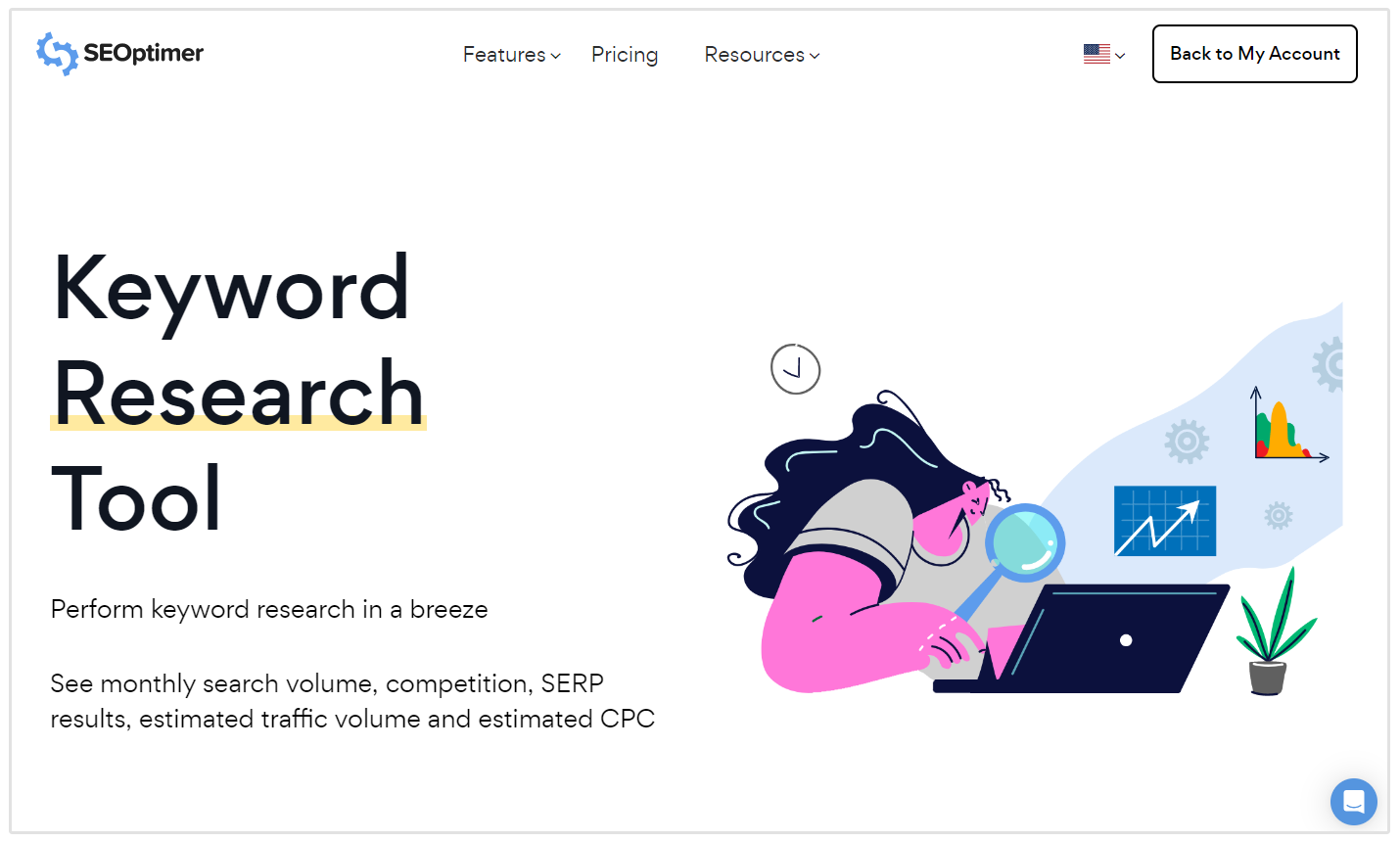Unveiling the Influence of Second Measurement in Google Analytics on Data Evaluation and Insights
In the realm of information analytics, the use of second measurements within Google Analytics has emerged as a crucial device for drawing out much deeper understandings and unraveling complicated patterns that could otherwise continue to be covered. By peeling off back the layers of primary data collections, second measurements provide a nuanced viewpoint that improves the understanding of customer habits, website performance, and the effectiveness of advertising and marketing strategies. Nonetheless, real influence and untapped potential of second measurements are often undervalued, outweighed by the allure of key metrics. As we navigate via the elaborate landscape of data analysis, the significance of additional dimensions becomes progressively apparent, clarifying essential details that hold the key to educated decision-making and critical optimizations.
Checking Out the Principle of Additional Dimensions
Secondary dimensions in Google Analytics provide added insights by enabling individuals to examine main data in conjunction with a second characteristic. By integrating second dimensions, users can dig much deeper into the data and uncover useful relationships that may or else go undetected - what is a secondary dimension in google analytics.
Understanding the idea of additional measurements is important for maximizing the potential of Google Analytics. It enables users to sector data effectively, determine patterns, and make informed choices based upon an extra full photo of their analytics data. By discovering the various second dimensions available in Google Analytics, users can unlock brand-new understandings and maximize their digital advertising initiatives. In significance, second dimensions function as an effective tool for improving data analysis and driving workable results.
Enhancing Data Interpretation With Additional Measurements
Having established the foundational understanding of secondary measurements in Google Analytics and their essential role in information analysis, the emphasis now changes towards leveraging these second attributes to improve the analysis of analytics data (what is a secondary dimension in google analytics). By integrating second measurements right into information evaluation, experts can get much deeper understandings into user habits, site efficiency, and advertising effectiveness

In addition, second dimensions aid in contextualizing key data metrics by giving extra layers of info. This contextualization aids in understanding the 'why' behind the data trends, aiding analysts make informed optimizations and choices to boost general performance. Inevitably, incorporating secondary dimensions enhances the information analysis procedure, resulting in even more significant understandings and critical activities.
Uncovering Hidden Insights Through Second Measurements
Discovering the midsts of analytics information with secondary measurements discloses beneficial insights that would certainly otherwise remain obscured. By integrating additional measurements in Google Analytics, companies can uncover concealed patterns, patterns, and connections that give a more extensive understanding of individual actions and web site efficiency. These extra layers of data enable analysts to delve deeper right into the main dimensions, such as website traffic resources or landing web pages, and gain an extra nuanced point of view on exactly how various variables connect with each other.
Through the use of secondary dimensions, analysts can sector and compare information across different measurements, allowing them to identify particular elements that influence individual engagement, conversion prices, and total success metrics. By pairing the main dimension of 'device classification' with the useful reference second measurement of 'age team,' marketers can determine which age demographics like accessing the site with mobile gadgets versus desktops.
Leveraging Second Measurements for Actionable Analytics
Building upon the insights introduced through second dimensions in Google Analytics, organizations can currently harness this enriched data landscape to drive workable analytics and calculated decision-making. By leveraging secondary dimensions, companies can delve deeper right into their information to extract useful patterns, trends, and connections that may have previously gone unnoticed. This much deeper degree of evaluation enables businesses to obtain an extra extensive understanding of customer habits, project performance, and general web site effectiveness.
One trick advantage of utilizing additional measurements for workable analytics is the capacity to section information based upon details requirements. This division allows services to customize their strategies and projects to different target market groups, causing extra targeted and reliable advertising efforts - what is a secondary dimension in google analytics. In addition, additional measurements give an even more alternative sight of user communications, enabling businesses to optimize their internet site web content, layout, and general individual experience
Optimizing Decision-Making With Second Dimensions
To improve critical decision-making in analytics, leveraging additional dimensions in Google Analytics can give a much more nuanced point of view on customer actions and campaign performance. view publisher site By including secondary measurements into data evaluation, services can delve much deeper right into the specifics of their internet site site visitors' interactions and involvement patterns. This extra layer of information permits a much more thorough understanding of just how different variables, such as demographics, devices, or website traffic sources, influence crucial efficiency indications.

Final Thought
In verdict, making use of additional measurements in Google Analytics plays a vital duty in improving data analysis and uncovering covert insights. By discovering this principle, one can gain a much deeper understanding of individual behavior and make educated choices based on workable analytics. Leveraging second measurements enables for a much more thorough interpretation of information and makes best use of the effectiveness of decision-making processes.
